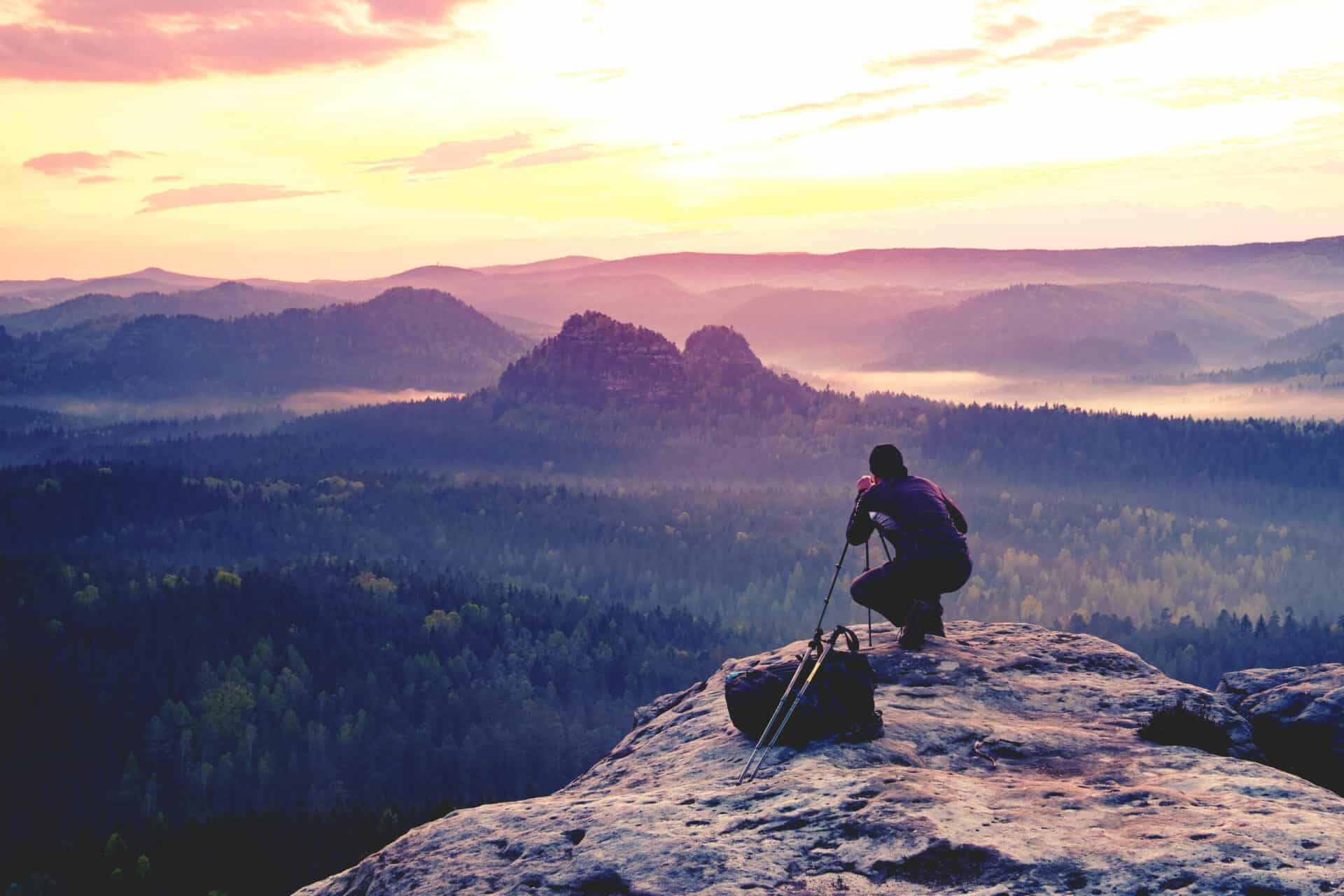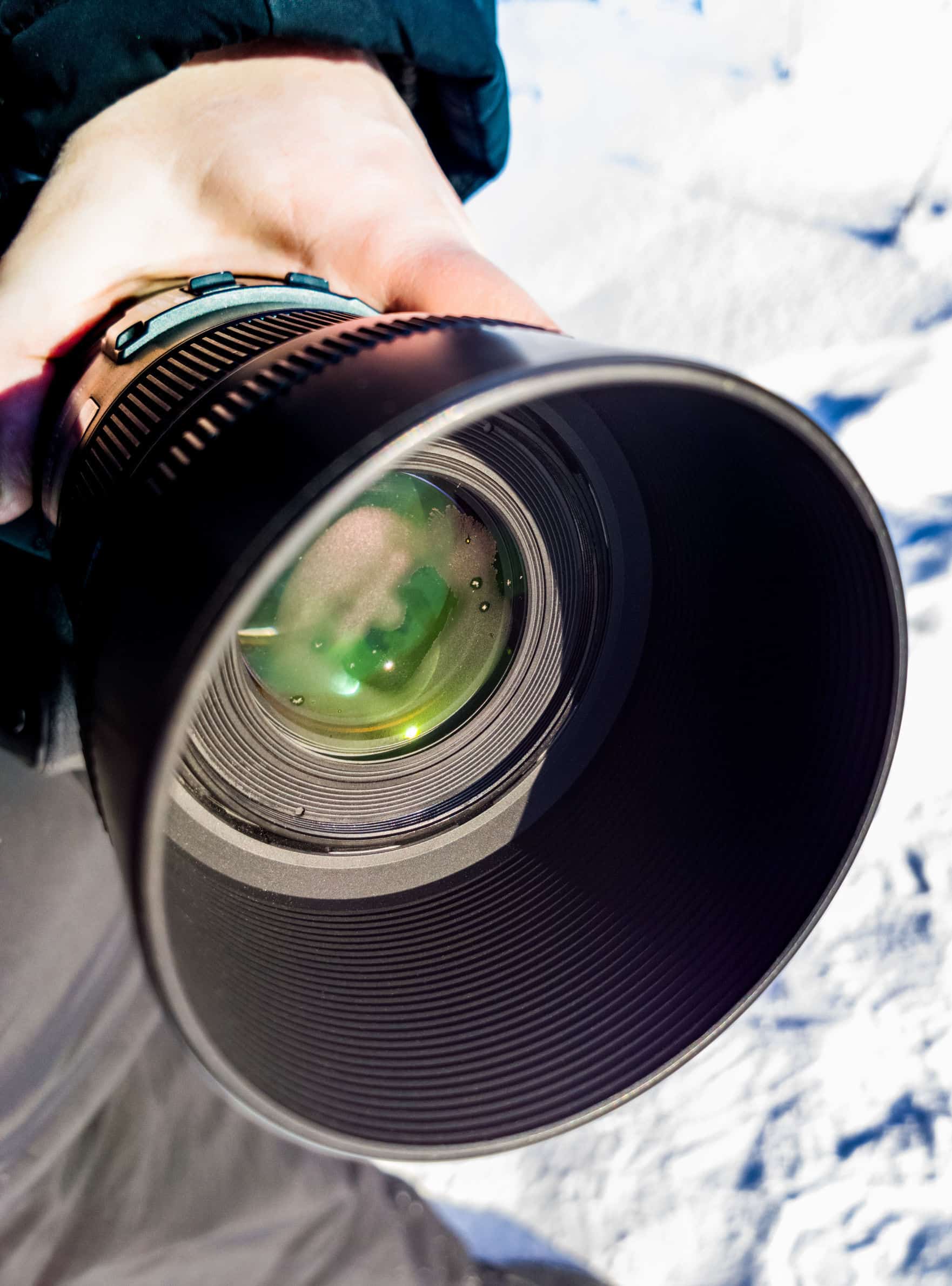Whether you’re a professional photographer or an amateur, you need to know how outside influences affect cameras and photos. When it comes to camera functionality and photos, one of the biggest factors to be aware of is humidity.
Uncontrolled humidity can cause fungus growth on the camera lens, which leads to the formation of spots images. Shooting in a high humidity area can also lead to blurry photos. Low humidity can cause a camera’s internal components to go haywire.
Keeping your camera stored properly is the key to winning the fight against humidity. In this article, we will tell you exactly how humidity affects cameras and photos, what the perfect humidity level is for camera storage, and more.

Table of Contents
Humidity Does Affect Cameras and Photos
If you’ve ever noticed conspicuous spots or smudges in your photos or seen an odd substance on your camera’s lens, your camera may have been exposed to humidity. Humidity is any camera’s natural enemy, and this section will explain to you why.
How Humidity Affects Cameras
Fungi grow in areas that meet the following conditions:
- Humid
- Dark
- Enclosed with little airflow
In a humid place, your camera becomes the perfect breeding ground for fungus and mold. You may not notice that mold is growing on your camera until it is widespread. Once fungus begins growing in your camera, it is difficult to get rid of it for good.
Super low humidity can also affect how your camera works. Cameras have intricate systems of components that are lubricated with oil. If the atmosphere is so dry that the oil on the inside of the camera gets totally dried up, the camera will stop operating properly. This could lead to the need for costly camera repairs.
How Humidity Affects Photos
Just like humidity can deem a camera a fungus-filled mess, humidity can affect photos. When the humidity is high, your camera’s images may not be as sharp as they usually are. You may run into this high humidity issue if you’re taking photos in a tropical rain forest or on a rainy day. If you’re having trouble getting your camera to focus, the humidity could be to blame.
What Is the Best Humidity For Camera Storage?
We have mentioned “low humidity” and “high humidity” several times in this article. But what does it really mean? The optimal humidity range for a camera is between 35% and 45%. If the humidity level is higher or lower than this range, this can cause the problems mentioned above.
Control the Humidity Level
The only way to make sure that the humidity in a camera’s storage room is optimal is to purchase a humidity monitor or hygrometer.
When you store your camera for an extended amount of time, make sure that you have a humidity monitor in the room and that you check the humidity level from time to time.
If the humidity level in your camera storage room is too low, there are several things that you can do, including:
- Put a cup of water around a heat source in the room. This is a short-term solution that you can use in a pinch.
- Place some wet clothes to dry in a room. This is another short-term solution to a low humidity problem. However, this is not a reliable option to use long-term.
- Use a humidifier – By far, the best way to keep a room humid enough for your camera equipment is to use a room humidifier. The vast majority of humidifiers have multiple settings that you can use to keep the humidity in a room constant. This particular humidifier works for 16 hours at a time.
If the humidity level in the camera storage room is too high, you can try several things to lower the humidity level, including:
- Opening windows in the room.
- Turning on fans.
- Turning on the air conditioner.
- Replace your air conditioner’s filters.
- Use a dehumidifier. This dehumidifier is a great way to keep the humidity level in your storage room from getting too high. A dehumidifier like this one is perfect for a single room. Still, if your storage room is larger, you will need to get a larger dehumidifier to adequately lower the humidity level.
If you want an all-in-one, you can purchase a portable AC unit. I have the one linked and I love the options it gives, especially here in humid Florida. It’s awesome.
Get Rid of Fungus on Camera
If you already suspect that mold is affecting your camera, don’t worry. There are some tactics that you can try to get rid of the mold.
For Fungus on the Outside of the Camera
If the mold is only on the outside of the camera, consider yourself lucky. All you need to do is wipe the camera down with a water-white vinegar solution. Be very careful with the liquid, as getting it on the inside of the camera can ruin it.
For Fungus on the Inside of the Camera
However, if the mold is on the camera’s lens, you need to take the lens apart to gain access to all of the inner parts of the lens. Since fungi grow freely in an enclosed space, chances are the fungus is on multiple parts of the lens. Once you have accessed the inside of the lens, you’re ready to wipe down all of the lens components with a mixture of water and white vinegar.
Allow all of the parts to dry thoroughly before reassembling the lens.
Note: Depending on how intricately constructed your lens is, the lens cleaning process can be extremely tedious and frustrating. If you don’t feel like taking the time to clean the lens thoroughly or would rather ask for professional help, you can do that.
Other Fungus Control Options for Cameras
Some swear by the water and white vinegar solution, but there are other options that you can try to get rid of the fungus in your camera:
- Dry Cabinet – This is a rather expensive option for storing your camera lenses, but it’s very easy to use. The dry cabinet is designed with adjustable moisture-control capabilities. All you do is place your lenses in the box, set the humidity level, and walk away.
- Silica Gel – You may be familiar with silica gel, but if you aren’t, you should know that these tiny crystals absorb moisture and can be added to an enclosed camera storage drawer. It’s important to be careful with silica gel, though, because once the crystals are full of moisture, they won’t be able to absorb any more moisture. These come with new products like wearables or tech. You can also purchase silica gel packets separately.
Tips for Using a Camera in High Humidity

Yes, of course, there will be some instances in which you’ll have to use your camera in humid conditions. Whenever that’s the case, do the following to minimize the effects of humidity on your lenses:
- Try not to change your lens too often. Every time you change your lens in a humid area, the more humid air will get into your lens.
- Take silica gel packs in a bag with you when you’re shooting in a humid setting. Whenever you put your camera down, you can place it in the bag. This may help to reduce the effect of humidity on your camera.
- Don’t forget your lens cloth and pack extra. In extremely humid conditions, you may find that you need to clean off your lens frequently. Be prepared with plenty of lens cloths to keep the moisture at bay.
Final Thoughts
Now you know a lot about the effect that humidity has on cameras and how to reduce or increase humidity in-camera storage areas. You’ve even snagged some tips on how to keep your camera dry in high humidity settings.

